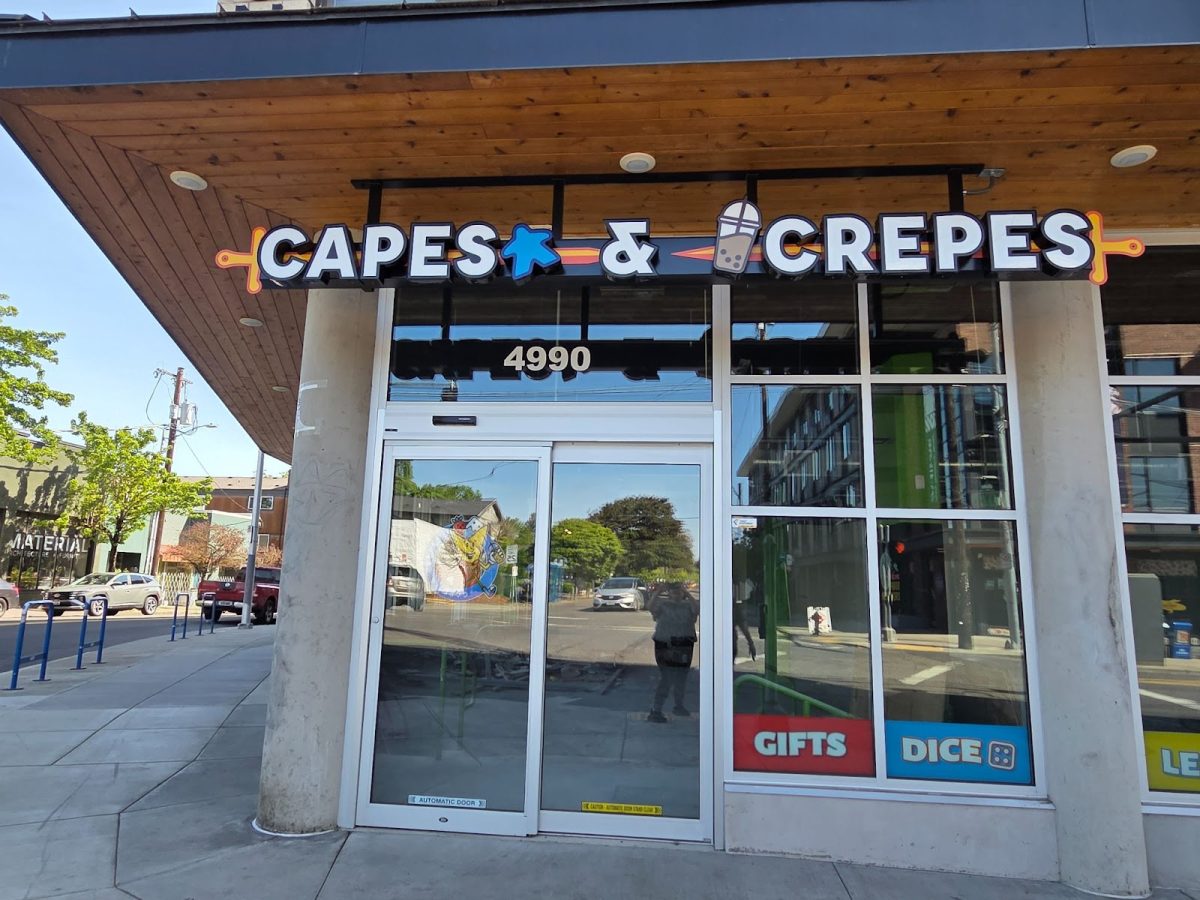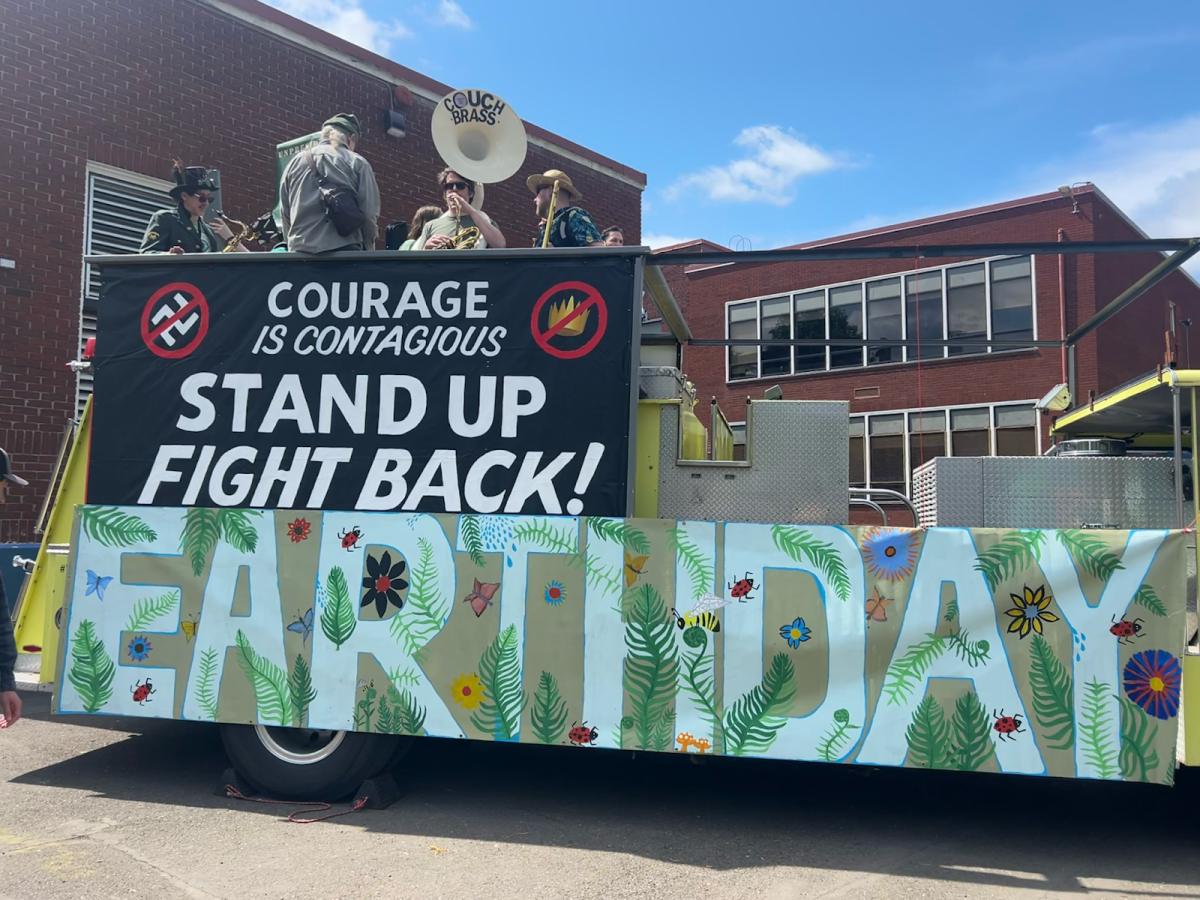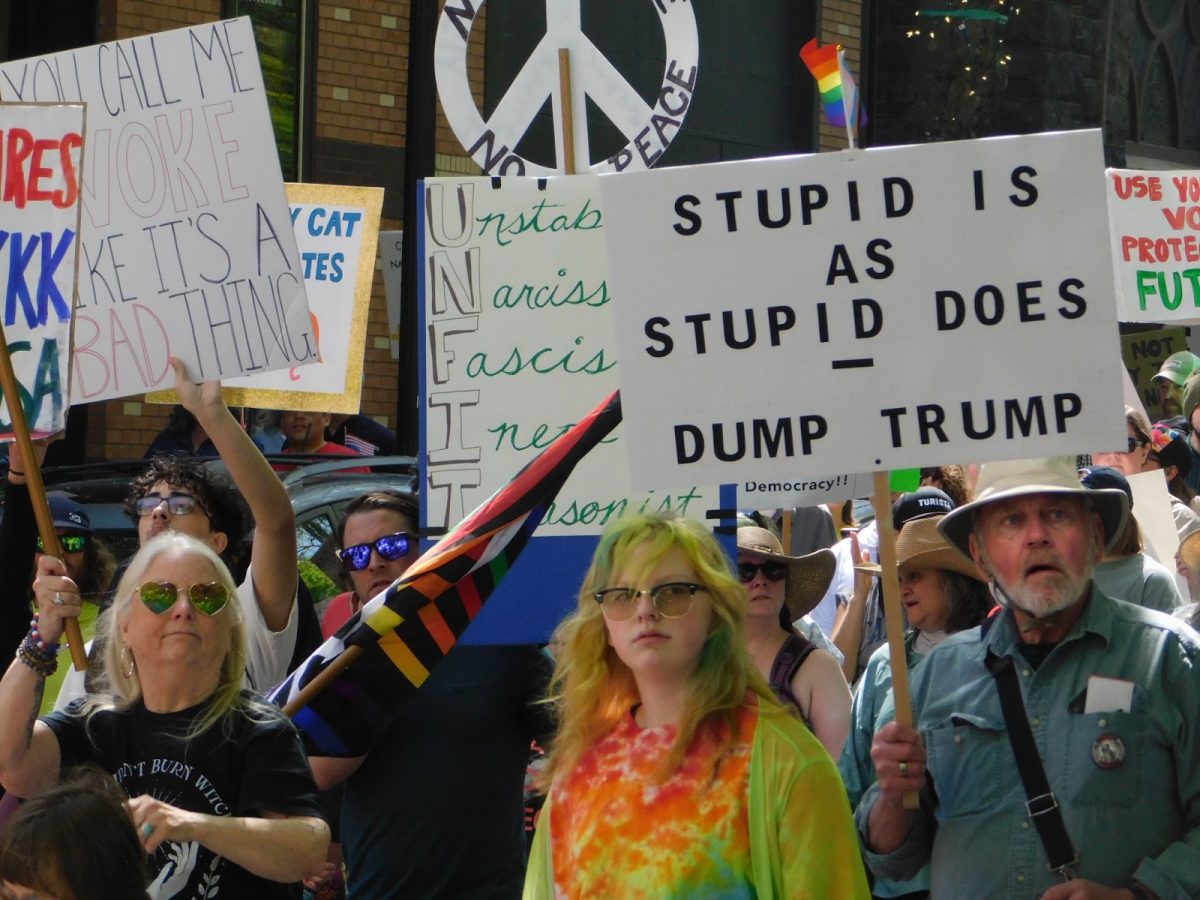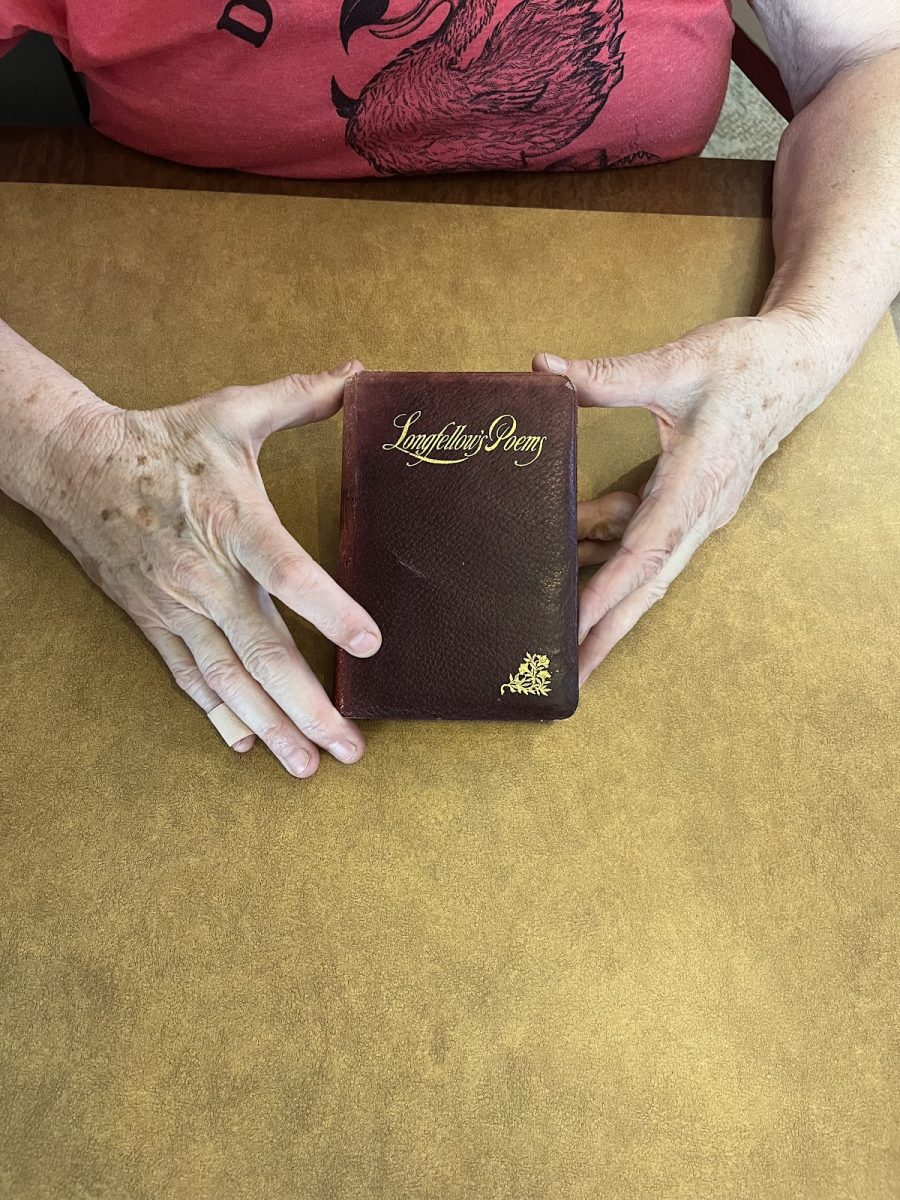
In the heart of Vancouver B.C. is a Safe Injection Site. Licensed by the Canadian government, it’s a service that provides drug users a safe space to take drugs. The program, called Insite, offers clean supplies such as syringes and a team of supervising nurses in case anything goes wrong. It’s a supportive environment that aims to help, not critique, and offer drug users some much-needed dignity. In its 14 years of being operational, no one has overdosed at Insite or any of the other safe injection sites in Vancouver B.C. The city has some of the highest figures of drug overdoses in North America, but instead of filling up prisons with drug users, they’ve implemented drug therapy programs aimed at prevention, care and rehabilitation. These services are founded on the principles of pragmatic harm reduction.
At its root, harm reduction is about acknowledging that drug use is happening and instead of ignoring this fact and criminalizing users, it’s actively looking to therapy and services aimed at reducing harmful effects. It prioritizes the lives of the individual and the community and destigmatizes users receiving the help they need. Dr. Dennis McCarty is a Professor Emeritus at OHSU, PSU, and formerly led the Oregon NODE program for researching drug abuse therapies. “I see those as health promotion activities, these are things that communities should engage in to promote the health not only for the users but for the communities as a whole,” asserts McCarty. It’s recognizing that the total cessation of drug use is an unrealistic goal to strive for and often leads to turning a blind eye to people who need care. The practice most widely implemented in harm reduction strategies is needle exchanges, which is providing clean syringes to users so as to prevent them from sharing needles and spreading blood borne diseases such as HIV and HCV.
When AIDS was first discovered in 1981, harm reduction was first conceived of as a way not only to treat substance use disorders but also to prevent the spread of bloodborne infection. However, shortly after the advent of the crack cocaine era, when substance abuse was tearing apart poverty-stricken communities all over the U.S., implementation of a program that was thought to condone drug use would not have been accepted. The War on Drugs aggressive crackdown on drug use led to mass incarceration but not to solutions. As time passed, the effectiveness of harm reduction strategies became apparent, and more and more organizations offered services such as needle exchanges. In 2011, the surgeon general of the United States Public Health Service issued a statement determining that needle exchange programs are indeed effective in reducing drug abuse and the risk of infection. Today, programs are more widespread and even receive some government funding. However, it remains a controversial service that could benefit from more awareness.
One such organization is the Harm Reduction Coalition with its West Coast chapter stationed in Oakland and the East Coast chapter in New York City. Part of their mission statement addresses an important component to this issue: ¨Recognizing that social inequality and injustice magnify drug-related harm and limit the voice of our most vulnerable communities, we work to uphold every individual’s right to health and well-being and their competence to participate in the public policy dialogue.¨ Because many of those suffering from drug addiction live in marginalized communities, they lack the resources and political representation to make a change. That’s why a lot of the Harm Reduction Coalition´s programs center around advocacy. Legislative change comes from more people getting involved. On this front, they offer classes from what to do in an overdose situation to preventing drug use in teens. In Portland there is the People’s Outreach Project. Operating from the same principles, they deliver clean syringes to those in need via bicycle and car, everywhere from the St. Johns Bridge to the South Park Blocks.
For a long time there’s been a strong stigma around drug users in the healthcare industry, preventing them from seeking help until it’s an acute emergency. Then, they’re often critiqued and shamed. ¨If you had a health care problem and you thought that the health care practice was going to treat you poorly or refuse to care for you, you probably wouldn’t be willing to seek health care, and you wouldn’t get any care until it got much worse,¨ says Dr. McCarty. Pragmatic Harm Reduction is about treating the problem of drug abuse and the spread of disease with practical solutions and caring for people with compassion and respect in lieu of criticism and punishment.
































